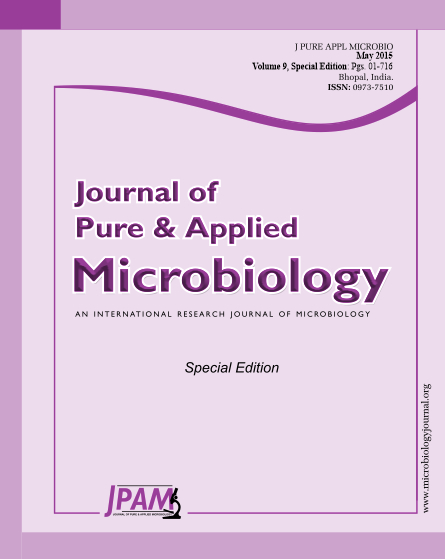Bioflocculants produced by microorganisms from waste stream are regarded as being environmentally safe since they are nontoxic and biodegradable. In this study, the potential of palm oil mill effluent (POME) – a wastewater from the palm oil milling process – as a source of bioflocculant-producing bacteria was assessed. Several bacterial strains were isolated from POME and screened for bioflocculant production using kaolin suspension as indicator. Culture broth was used to determine the flocculating activity of the isolated strains, thereby assessing their potential to produce bioflocculant. Of the 23 screened isolates, 13 showed capability to produce bioflocculant. Four such isolates having the highest flocculation rate were identified as the potential bioflocculant-producing bacteria via 16S rDNA as Bacillus marisflavi NA8, Xanthomonas oryzae NA9, Stenotrophomonas daejeonensis NA12 and Bacillus toyonensis NA23. Interestingly, there was a high diversity of bioflocculant-producing bacteria in POME ecosystem suggesting that POME can be a highly suitable substrate in bioflocculant production.
Bioflocculant, Bioflocculant-producing bacteria, Palm oil mill effluent, Isolation, Molecular identification, Phylogenetic tree
© The Author(s) 2015. Open Access. This article is distributed under the terms of the Creative Commons Attribution 4.0 International License which permits unrestricted use, sharing, distribution, and reproduction in any medium, provided you give appropriate credit to the original author(s) and the source, provide a link to the Creative Commons license, and indicate if changes were made.


